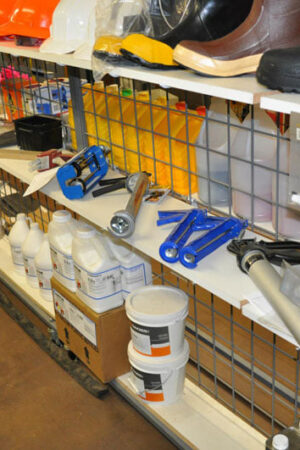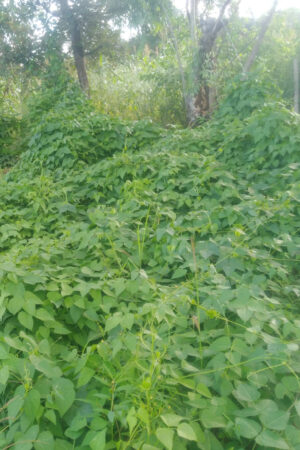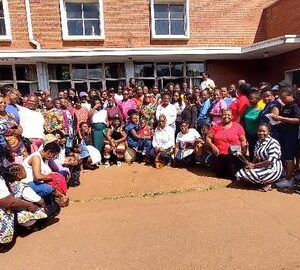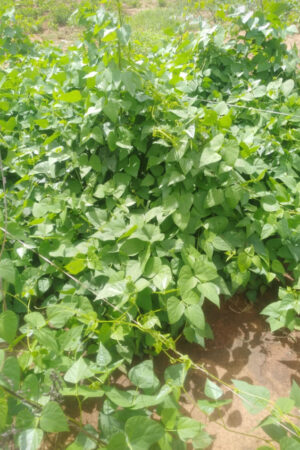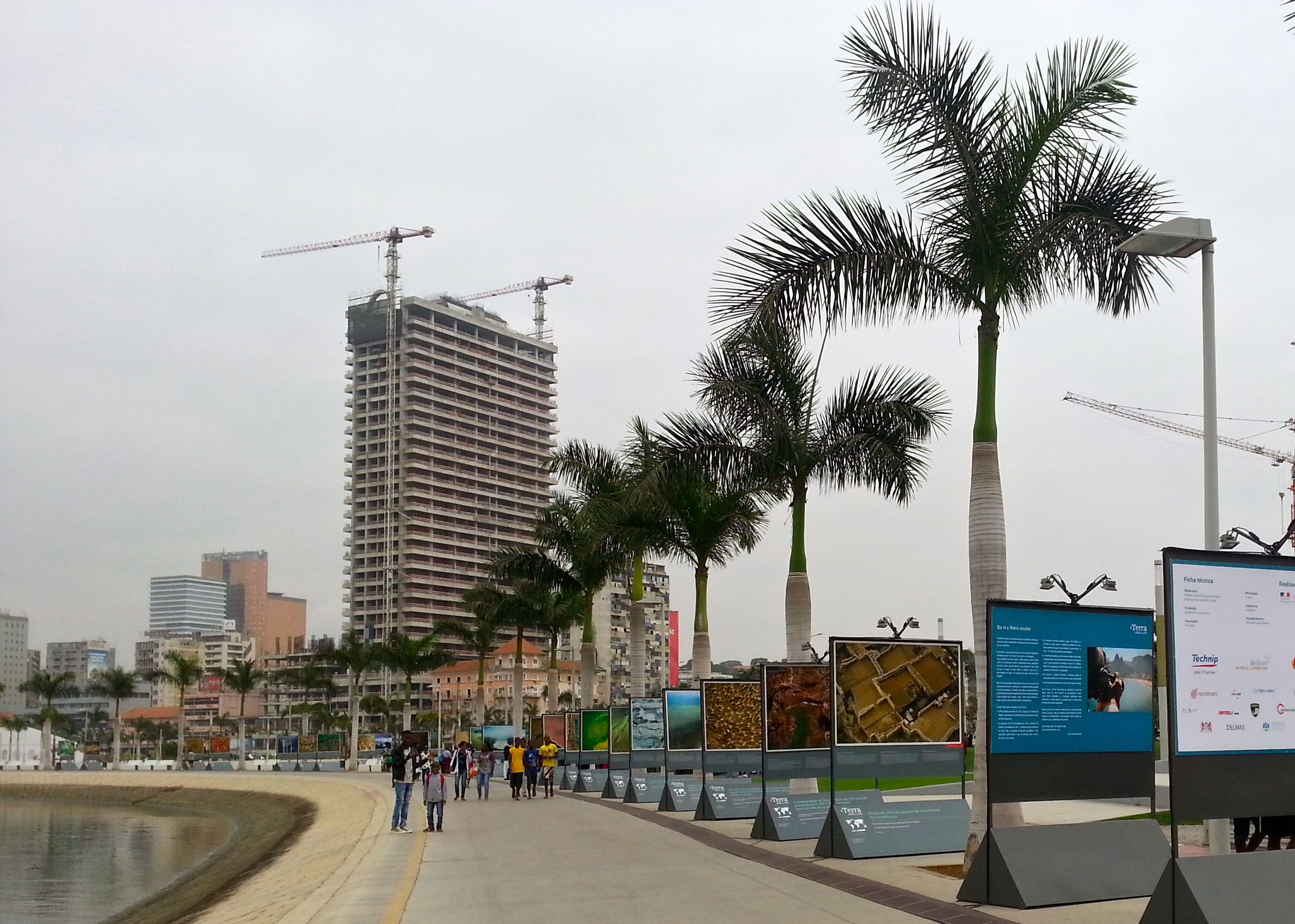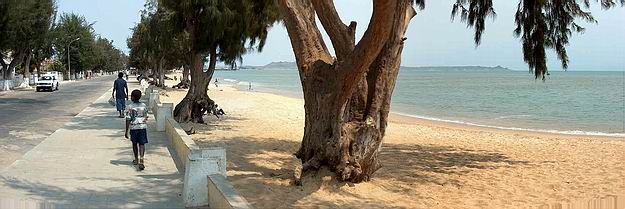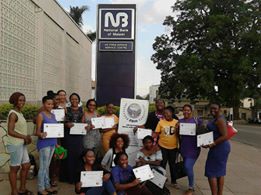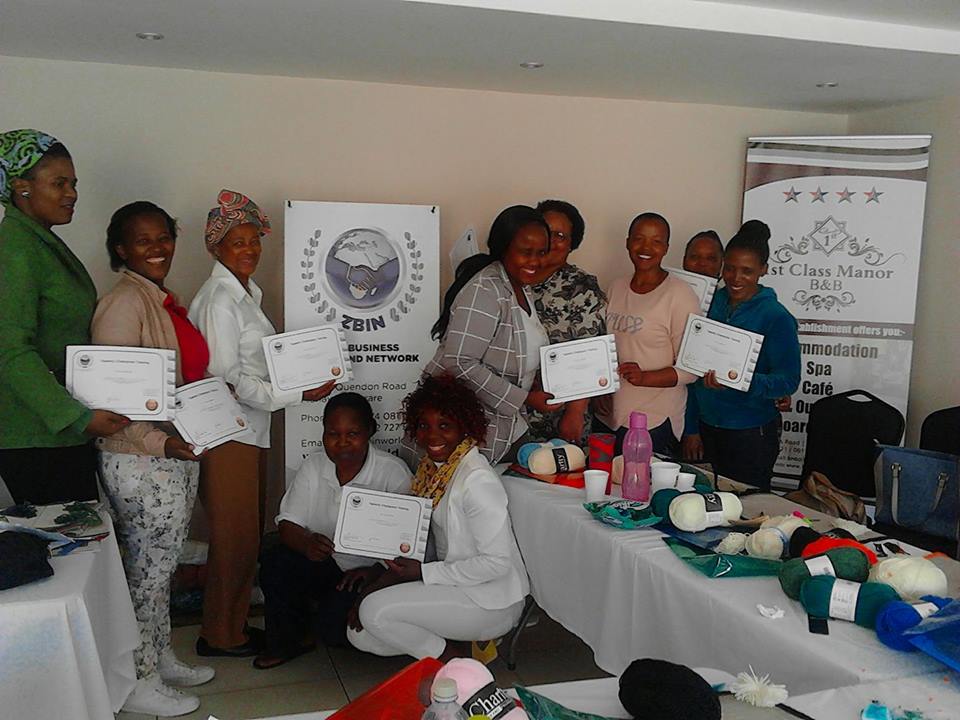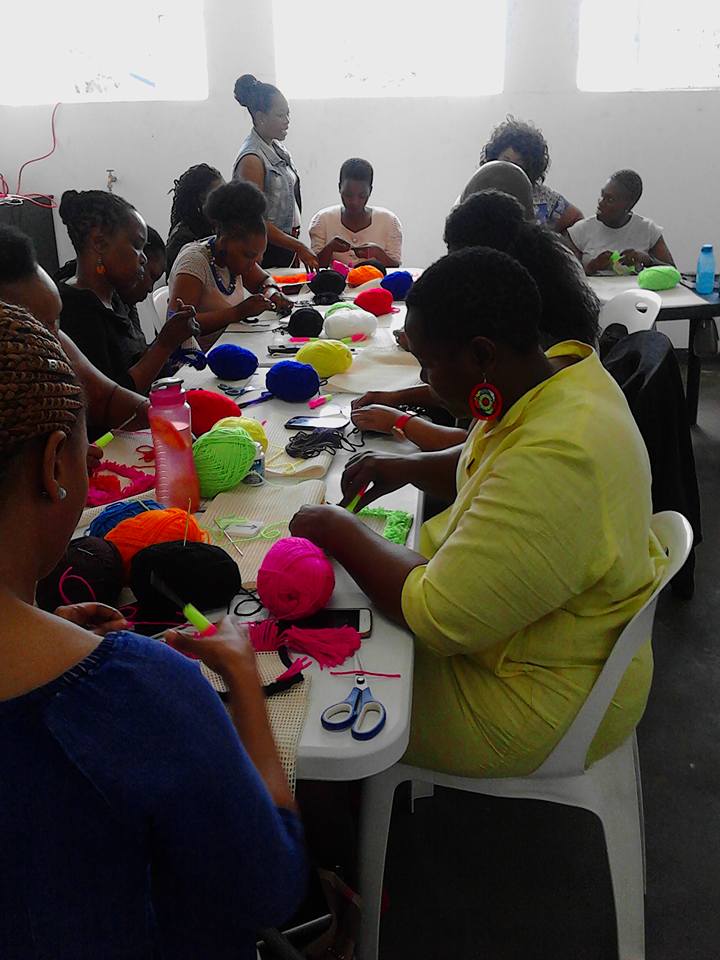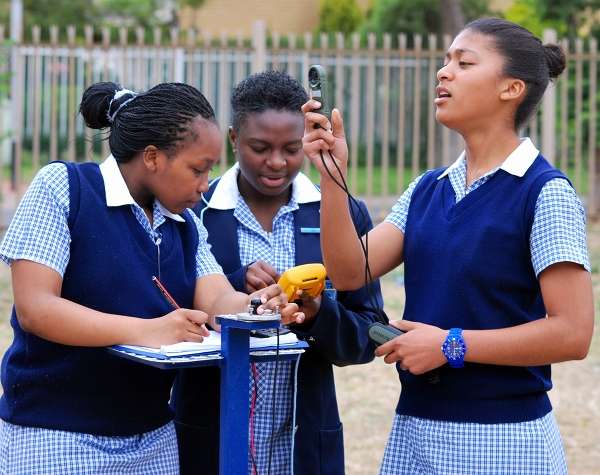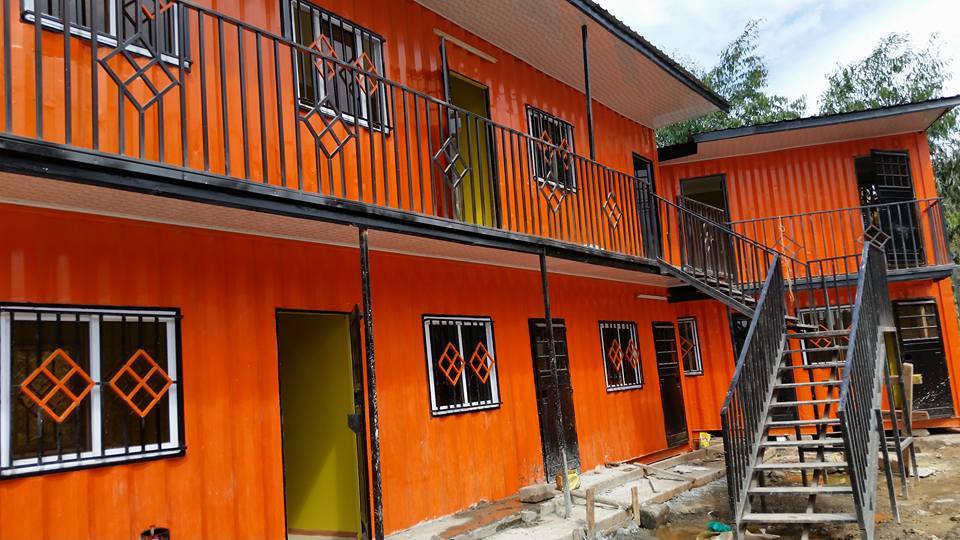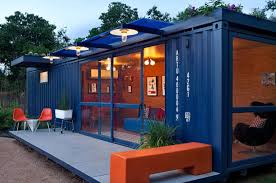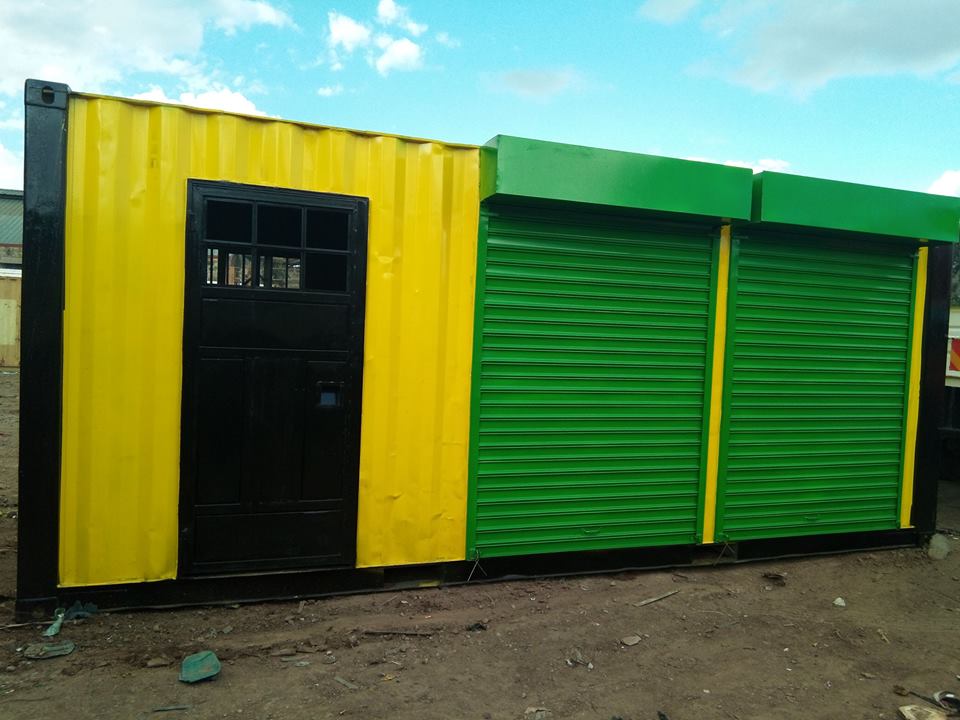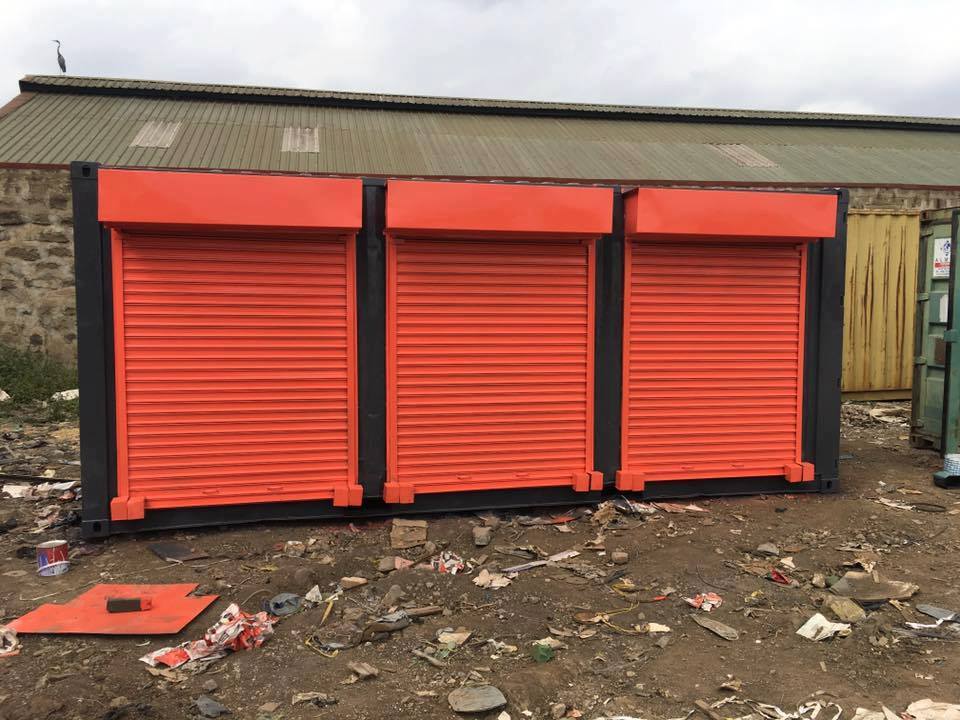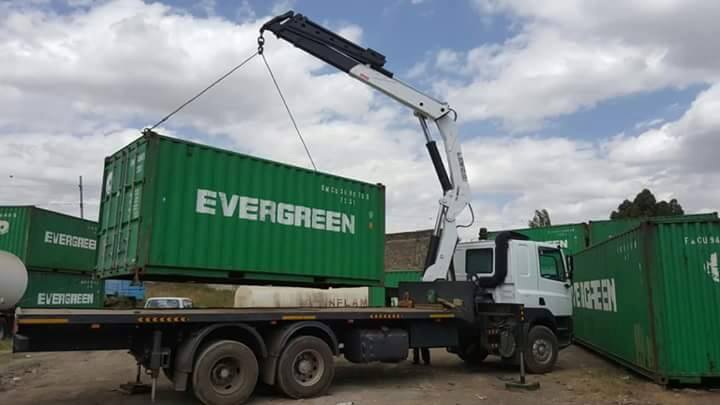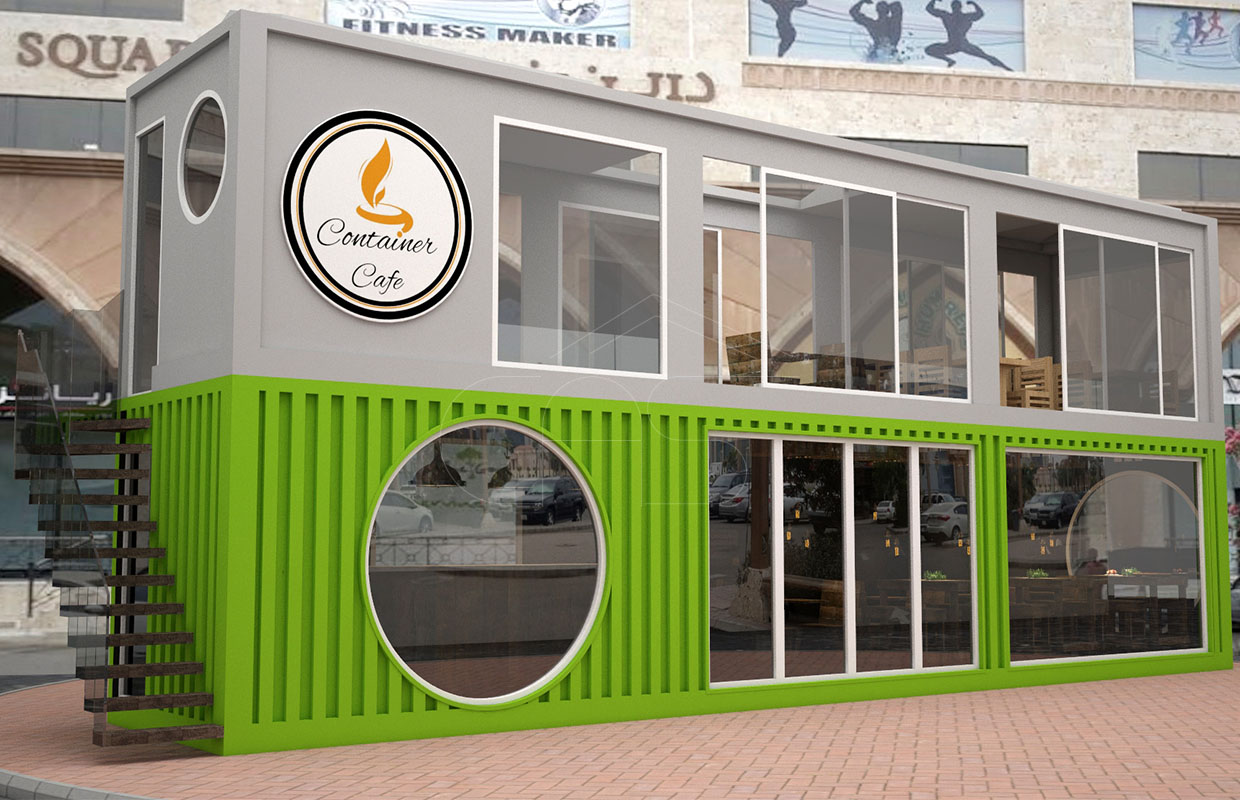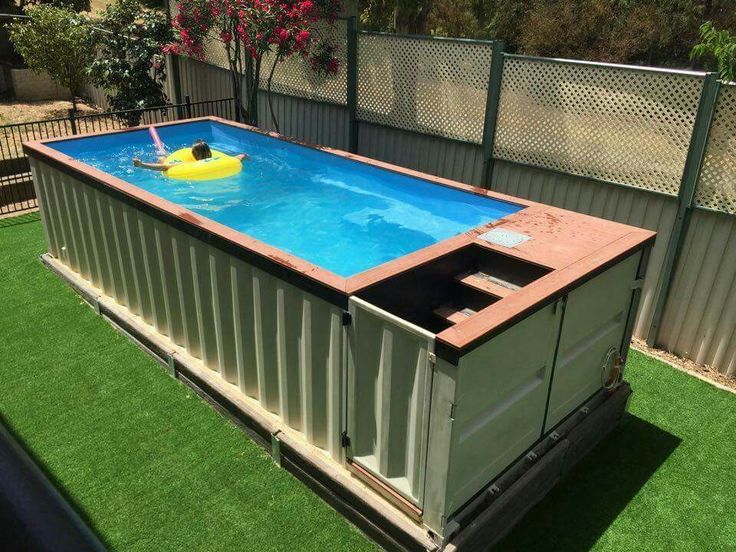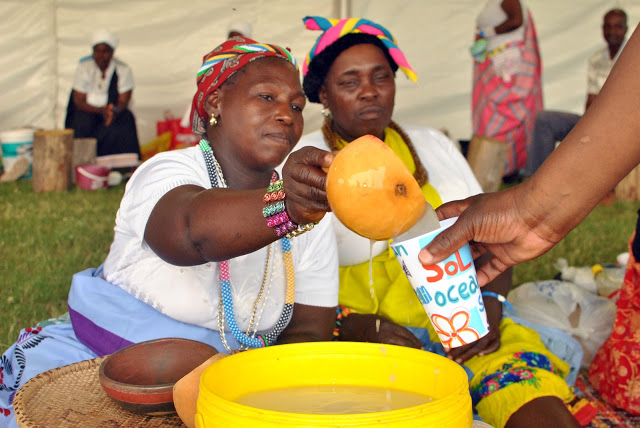Worldwide retail e-commerce sales reached US$2.290tn in 2017, some 10.1% of all retail sales, and are set to hit $4.479tn by 2021. While many markets are already well developed, there’s still a huge potential audience to be reached and some exciting up-coming trends will help to reach them.
There’s big news ahead for e-commerce in 2018. Exciting and developing new markets like Southeast Asia, the Middle East and Latin America are set to take off in a big way and new technologies are likely to cause a huge shift in the way companies market their goods online. What should SMEs be looking out for in 2018 and which trends are most likely to help their businesses? Here are my eight “ones to watch” this year.
- Customer experience and personalisation
Customer experience transformation is not just for big players like Amazon. The trend of personalisation will be key to winning and keeping customers in the years to come. Businesses that tackle customer experience transformation will win customers’ hearts and minds. Why? With today’s information overload, consumers don’t want to waste their time with irrelevant information. Offering personalised services, products and information will help SMEs stand out from the crowd online and keep customers coming back for more. According to a report by Boston Consulting Group, retailers that have implemented personalisation strategies see sales gains of 6-10%, at a rate two to three times faster than other retailers.
- Omni platform and device
By the end of 2017, two billion people used their mobile devices to shop online globally. And while not all online shoppers make purchases with their mobile phone, some 95% of mobile internet users look up local information on their phones prior to calling or visiting a business. According to Google, “some 85% of online shoppers start a purchase on one device and finish on another.” The trend provides a clear message from consumers: 2018 will be about integrating online platforms and devices
- M-commerce
Mobile devices will become even more important for online shopping in 2018. Mobile will reach 70% of e-commerce traffic by the end of 2018 and more and more people will purchase via their mobile devices. According to Goldman Sachs forecasts, mobile commerce revenue in 2018 will equal the total e-commerce revenue for 2013, some $626bn.
Companies like Google, Samsung and Apple are making it even easier with advancements in mobile payment technology which will make mobile checkout the preferred method of payment for many customers.
- Voice search
More and more people are using voice assistance to search for products online, especially millennials, 40% of whom have already used a voice assistant prior to making a purchase. By 2020, the number will surpass 50%. The voice search trend is a big topic, particularly for search engines and advertisers.How will customers find products when they no longer have to visit a website? Businesses need to think about optimising their listings for voice search and ensuring their content is relevant to the kind of queries customers might use when searching for their product.
- Convenience and increased fulfillment options
Customers want convenience, from choosing their pick-up and delivery points to having their goods delivered next day. The delivery and fulfillment market has always been competitive, but it’s going to heat up even more in 2018. Companies that want to succeed will have to be faster, more efficient and offer more options: Whether it’s time slots for home delivery or in-store pick up, the more the better.
- Augmented reality
The long-awaited launch of Magic Leap’s first headset marked another step in the journey towards augmented reality (AR) shopping. Applied to online services, e-commerce could become as good as the real thing once AR goes mainstream, and retailers are getting very excited about what’s ahead. TechCrunch predicts that the AR market will reach $83bn by 2021, driven primarily by AR on mobile devices.
And who wouldn’t be keen to try it? Imagine you can try on clothes before buying them, test make-up, look at a product in 3D and see how it will fit in your home? Furniture company Wayfair already offers an augmented reality feature for iOS 11. Its “View in Room 3D” allows shoppers to see 3D furniture and décor in their homes before they buy.
- Emerging market potential
With e-commerce markets maturing around the world, businesses are on the lookout for new potential markets. Now that around half of US households hold a Prime membership, and nearly half of China’s population is actively making online purchases, it’s time to focus on some new geographies. The ones to watch, according to Business Insider, are India, Southeast Asia and Latin America. E-commerce penetration rates in these areas are only around 2-6%, making them a potential goldmine for growth.
- B2B’s data challenge
We’re all so focused on consumers and their online habits, that we often overlook the booming B2B sector. In 2017, according to Statista, “the gross merchandise volume of business-to-business e-commerce transactions is projected to amount to 7.66 trillion U.S. dollars, up from 5.83 trillion U.S. dollars in 2013”.
![]()


